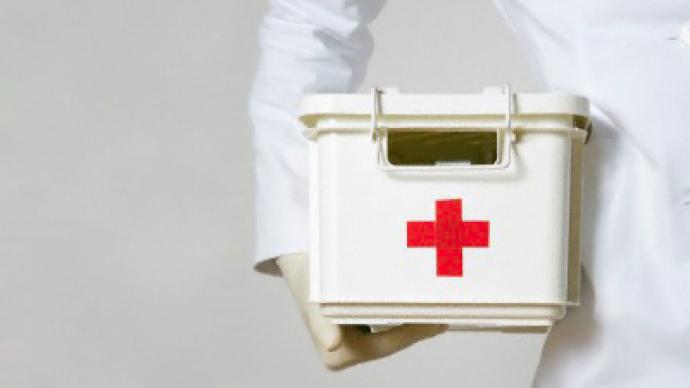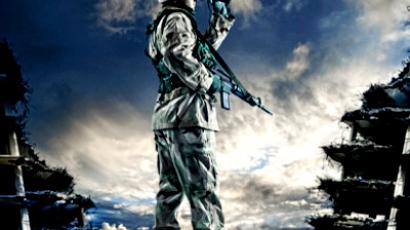Afghan humanitarian aviation: Aid or money, guns, dead bodies, and alcohol?

Airplane pilot Brian Childs always dreamed of flying over some of the world’s most remote and dangerous places, especially to help those in need.
When he signed up to fly medical relief to refugees in Africa, he thought he would be doing just that but instead he was sent to Afghanistan. Brian’s experience was both challenging and daunting because as war returned to the country, he began flying less aid and more money, guns, dead bodies and even alcohol. The company for which Brian worked during this time, Airserv International, said its pilots do no such thing…at least not anymore.CEO and President of Airserv International described the organization as “a not for profit provider of what we call last mile air transportation in support of humanitarian programs, a way for aviation professionals to give back in a very meaningful and in many ways life changing way.” For Brian, it certainly was life changing but not quite the way he would expect it to be. He recalls a chapter from his book, “Mercenary Air”, about his experiences with humanitarian aviation, particularly in Afghanistan:“One day I flew a group of security contractors to one of the airports, and I remember this guy, this Turkish guy, stepping off of the plane, really young guy, and he said you know I just have a really bad feeling about this…Two days later he’s hit by an IED. They burn his body, they behead him, his brother accompanies his body back on the flight. So here I am, flying a plane from this road camp back to Kabul. There’s a guy in the back who’s just crying into his hands, sitting next to the headless body of his brother, and I just think to myself like what am I doing in Afghanistan? Is this really what I signed up for? Is this part of the mission? If we’re doing a humanitarian mission then what do the guns, and rockets, and money have to do with development?” When we posed those same questions to Carlstrom, he replied, ““I could tell you with certainty, that in our current operations, that is not the case at all.” Brian clarified his point, saying that many times, these organizations do not really know what occurs on the ground. Childs said, “If I bring that concern to my organization, they’re going to say well we don’t do that sort of thing, but the reality on the ground is very different.”














